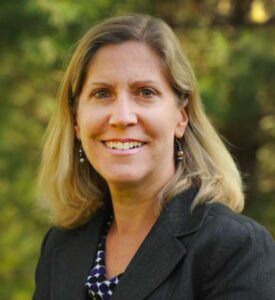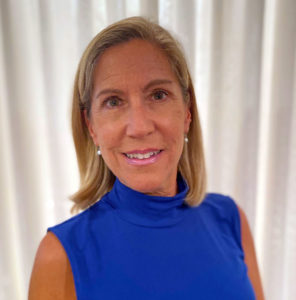 Ed Talk is a biweekly opinion column. The views expressed are solely the author’s.
Ed Talk is a biweekly opinion column. The views expressed are solely the author’s.
Arlington Public Schools (APS), like many school divisions, has had a substantial decline in enrollment since the pandemic began. But APS has not yet factored this into its estimates of future enrollment.
Enrollment projections are used for the APS budget, its Capital Improvement Plan (CIP), and boundary decisions. Because overestimating enrollment has significant financial implications, APS should base its next enrollment projections in part on actual enrollment for this year and last year.
The APS FY 2021 budget, adopted in the spring of 2020 after schools were closed due to the pandemic, projected enrollment for the 2020-21 school year at 29,142 students. Actual enrollment was 26,895 students — 2,247 fewer students than estimated.
The FY 2022 budget, adopted in the spring of 2021, projected enrollment for this school year at 29,108 students. Actual enrollment is 26,911 — 2,197 fewer students than estimated and 1,109 fewer students than the 28,020 students who were enrolled in September 2019.
A January 2021 APS report projecting enrollment for the following three years relied on September 2019 enrollment, explaining its methodology as follows:
- Fall 2020 pupil counts are artificially lower than is reasonable, it is assumed that this is due to families’ decision making around the Covid-19 pandemic
- This drop in enrollment does not represent a long-term trend.
Estimating enrollment is not easy. But pre-pandemic estimates of enrollment have been much closer to actual enrollment, with overestimates of 490 students in FY 2020, 580 in FY 2019, 335 in FY2018, and 262 in FY 2017.
Budget Implications
The APS budget uses planning factors to determine how many teachers, staff, equipment, and supplies will be needed for the following school year — all based on projected student enrollment.
When the adopted budget is based on a significant overestimate of student enrollment, the budget is larger than needed.
What happens to the money that is not spent? During the annual close-out process, usually in December, the School Board reallocates unspent funds from the prior fiscal year.
For this year’s close-out, the County Manager has reported that APS expenditure savings are $58.7 million. A substantial portion of this likely is due to lower staff costs during the pandemic because actual enrollment was less than projected enrollment.
Capital Planning Implications
At its Oct. 28 meeting, the School Board adopted CIP direction that adds seats to the Career Center at a cost of $153 million to $170 million based on pre-pandemic estimates that APS will have deficit of 603 high school seats by the 2029-30 school year.
But given the significant drop in enrollment since the pandemic began, particularly in the elementary school grades, will that many additional high school seats be needed when the new Career Center is planned to open in 2025?
Boundary Implications
While declining enrollment has not yet been considered in the APS budget and CIP, it is being discussed in the current school boundary process, which aims to reduce current and projected crowding at certain schools. A Nov. 3 staff presentation to the School Board characterized the current enrollment projections — used to determine crowding — as having “limitations due to the impact of the COVID-19 pandemic.”
As a result, Superintendent Francisco Durán recommended that the Board not move forward this year with changing any elementary school boundaries.
Enrollment Projections Must Reflect Declining Enrollment
After two years of enrollment estimates missing the mark by about 2,200 students — the size of Wakefield High School — APS must recognize that many students who have left APS are not returning and adjust its enrollment projections accordingly.
The next APS budget and CIP should align with these new enrollment projections.
Abby Raphael served on the Arlington School Board from 2008-2015, including two terms as Chair. She also led the Washington Area Boards of Education for two years. Currently she co-chairs the Destination 2027 Steering Committee, is a member of the Board of the Arlington YMCA, and works with Project Peace, the Community Progress Network, and Second Chance.




